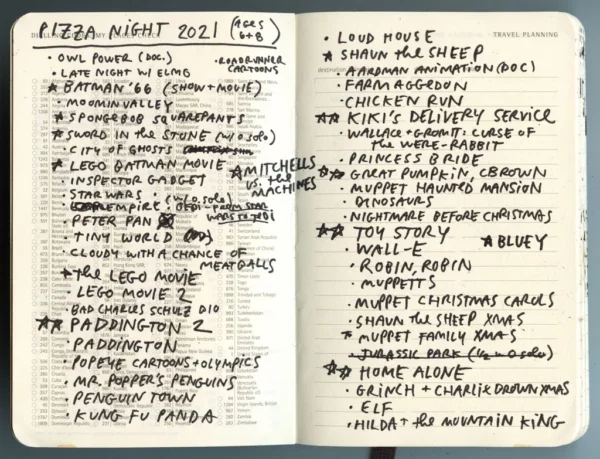
Today’s newsletter is about keeping track of the movies with watch on pizza night.
One star = Everybody really liked it, would watch again.
Two stars = Everybody loved it, feels like a classic.
Read the rest here, and get Meg’s dough recipe here.
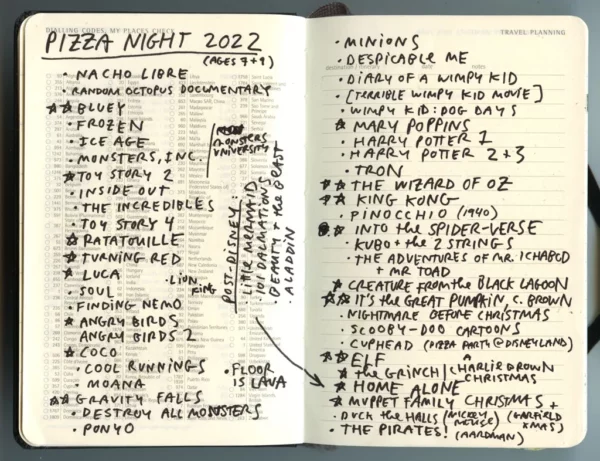

Today’s newsletter is about keeping track of the movies with watch on pizza night.
One star = Everybody really liked it, would watch again.
Two stars = Everybody loved it, feels like a classic.
Read the rest here, and get Meg’s dough recipe here.

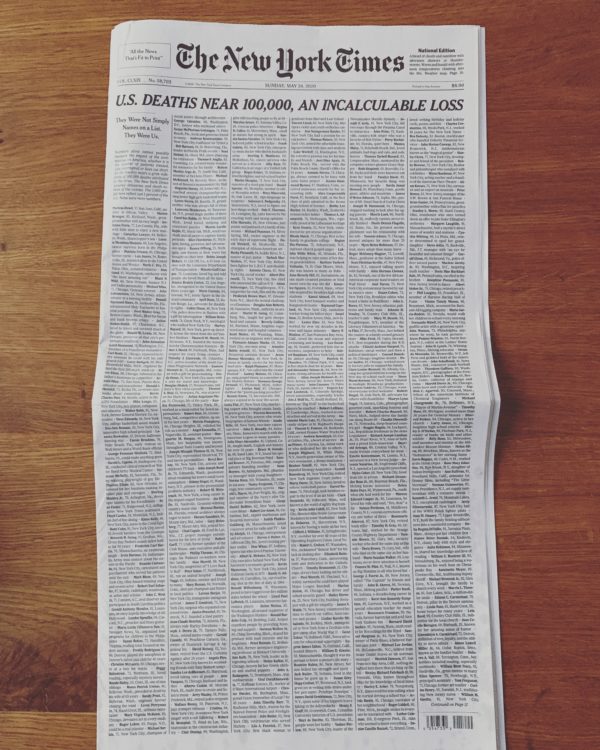
Here’s our copy of yesterday’s front page of The New York Times, “compiling obituaries and death notices of Covid-19 victims from newspapers large and small across the country, and culling vivid passages from them.”
For me, the most chilling detail is in the bottom right-hand corner:
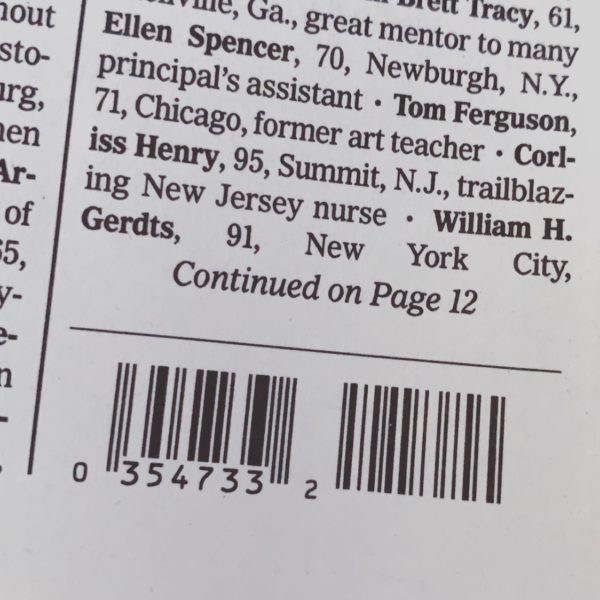
“Continued on Page 12.” They listed 1,000 people — only 1% of the dead — and even those couldn’t fit on the front page. (Jason Kottke observes that if you visit the online version, it takes you ages and ages to scroll to the bottom of the page.)
A list, an assemblage, a word collage, and, in some ways, a piece of conceptual art: you don’t have to read it all to feel its impact.
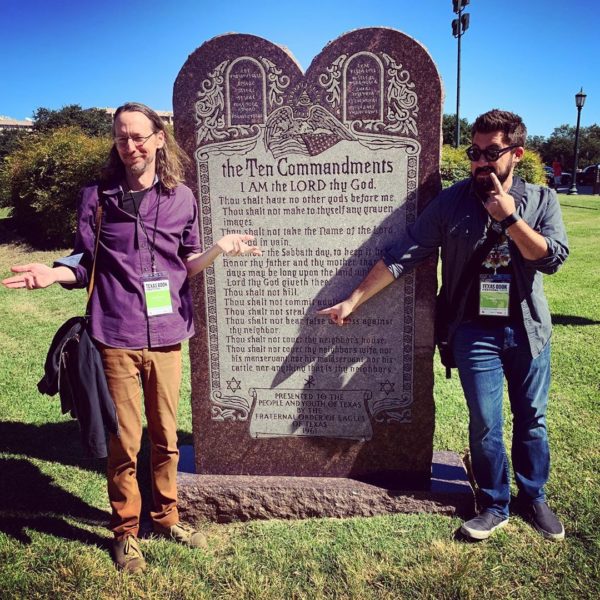
Here I am with Rob Walker yesterday outside the Texas State Capitol. We were walking back from our panel at the Texas Book Festival and I took us through a side exit so we could say hello to The Ten Commandments. I suggested a photo and someone suggested we point to our favorite commandment. (Mine was easy, Rob couldn’t decide.)
It might seem blasphemous to goof on the Ten Commandments on a Sunday, but the monument has a less-than-pious history: It was one of a series erected in a nationwide program cooked up mid-century by The Fraternal Order of Eagles and aided by director Cecil B. DeMille. Yes, that Cecil B. DeMille, the director of The Ten Commandments. He thought the monuments would make excellent publicity for the film, and several actors from the movie were present at the unveilings (that’s Yul Brynner on the left, Martha Scott, who played Moses’s mother, on the right):
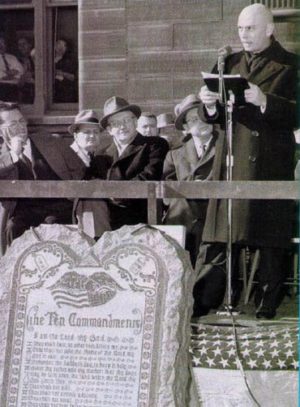

(The second photo comes from a comic book the Eagles put out called On Eagles Wings, about a delinquent boy who goes on a camping trip to learn about God.)
The monuments have inspired many: some to legal action, some to website development, some to vandalism via automobile. (A deranged Arkansas man drove his Dodge Dart into at least two of the monuments.)
“Here’s my problem: Why are there ten?” George Carlin asked in his special, Complaints and Grievances. “You don’t need ten! I think the list of commandments was deliberately and artificially inflated to get it up to ten. It’s a padded list.”
“Ten sounds official,” he joked. “Having ten commandments was really a marketing decision.”
He then boiled down the list to two. (I won’t spoil it, just watch. Or listen.)
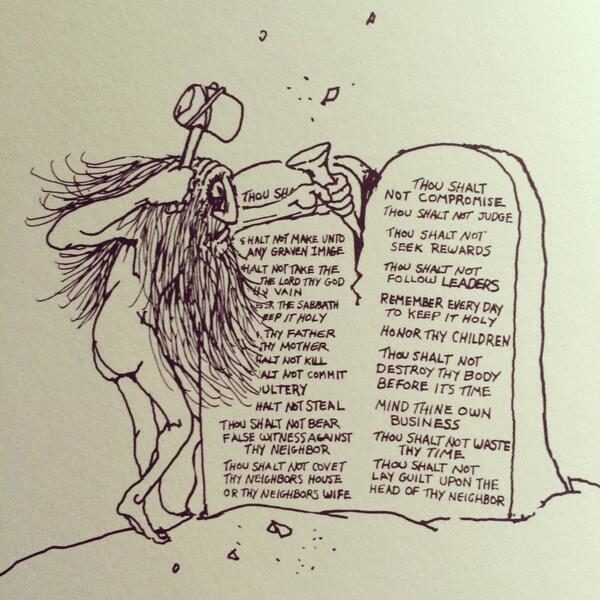
Shel Silverstein went the opposite direction in “The 20 Commandments,” and showed Moses chiseling off the second half of the list so it was light enough that he could carry it down the mountain. (You can read the whole thing in Different Dances.)
Sometimes people will ask me why I’m so fond of the list of 10 format.
“Well, it was good enough for Moses,” I say. “And it’s good enough for me.”

The boys like to work in my studio, but they’re rascals, so we needed to set down some rules.
(Inspired by Corita Kent, Lynda Barry, Tom Sachs, Keri Smith, Seth Godin, etc.)
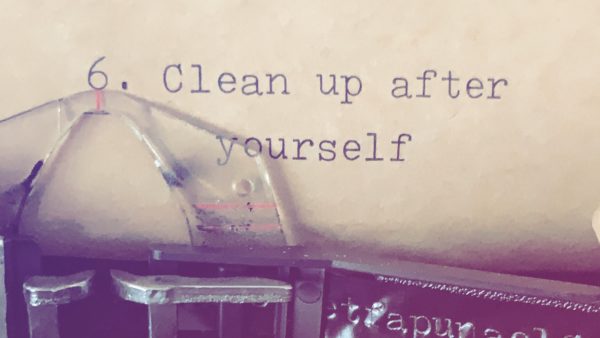
It’s obviously going to be an evolving list…
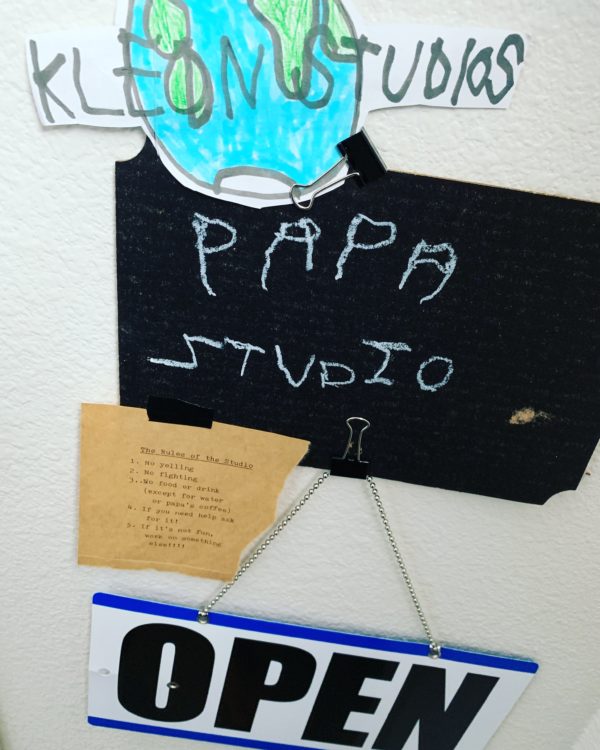
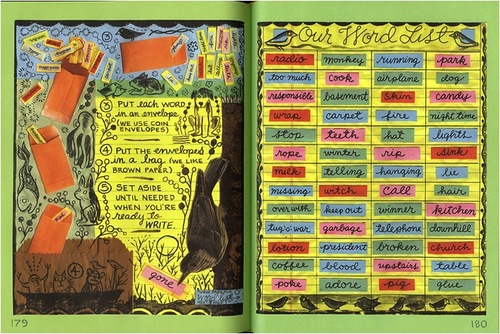
In my favorite writing book, What It Is, Lynda Barry explains how to make a “Word Bag.” A word bag is basically just a bunch of words you like that you write down and stuff in a bag and pull out randomly when you need to begin a piece of writing and you’re not sure where to start. (Here’s Lynda, taking you through the exercise.)
This is pretty much how Ray Bradbury got started, too.
INTERVIEWER
In Zen in the Art of Writing, you wrote that early on in your career you made lists of nouns as a way to generate story ideas: the Jar, the Cistern, the Lake, the Skeleton. Do you still do this?
BRADBURY
Not as much, because I just automatically generate ideas now. But in the old days I knew I had to dredge my subconscious, and the nouns did this. I learned this early on. Three things are in your head: First, everything you have experienced from the day of your birth until right now. Every single second, every single hour, every single day. Then, how you reacted to those events in the minute of their happening, whether they were disastrous or joyful. Those are two things you have in your mind to give you material. Then, separate from the living experiences are all the art experiences you’ve had, the things you’ve learned from other writers, artists, poets, film directors, and composers. So all of this is in your mind as a fabulous mulch and you have to bring it out. How do you do that? I did it by making lists of nouns and then asking, What does each noun mean? You can go and make up your own list right now and it would be different than mine. The night. The crickets. The train whistle. The basement. The attic. The tennis shoes. The fireworks. All these things are very personal. Then, when you get the list down, you begin to word-associate around it. You ask, Why did I put this word down? What does it mean to me? Why did I put this noun down and not some other word? Do this and you’re on your way to being a good writer. You can’t write for other people. You can’t write for the left or the right, this religion or that religion, or this belief or that belief. You have to write the way you see things. I tell people, Make a list of ten things you hate and tear them down in a short story or poem. Make a list of ten things you love and celebrate them. When I wrote Fahrenheit 451 I hated book burners and I loved libraries. So there you are.
Here’s more from Zen in the Art of Writing: Essays on Creativity, about about how these “long lines of nouns,” these lists, helped him figure out who he was as a writer:
These lists were the provocations, finally, that caused my better stuff to surface. I was feeling my way toward something honest, hidden under the trapdoor on the top of my skull… I was beginning to see a pattern in the list, in these words that I had simply flung forth on paper, trusting my subconscious to give bread, as it were, to the birds.
He encourages other writers that making “similar lists, dredged out of the lopsided of your brain, might well help you discover you, even as I flopped around and finally found me.”
(I talk more about the magic of making lists in chapter one of Keep Going.)
This site participates in the Amazon Affiliates program, the proceeds of which keep it free for anyone to read.